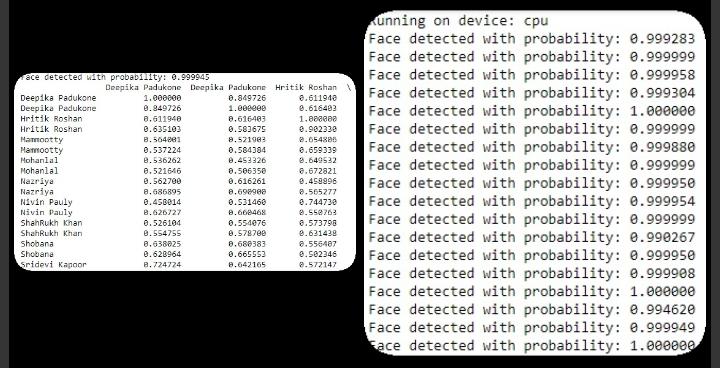Deep Face Recognition: A Survey
Deep learning applies multiple processing layers to learn representations of data with multiple levels of feature extraction. This emerging technique has reshaped the research landscape of face recognition (FR) since 2014, launched by the breakthroughs of DeepFace and DeepID. Since then, deep learning technique, characterized by the hierarchical architecture to stitch together pixels into invariant face representation, has dramatically improved the state-of-the-art performance and fostered successful real-world applications. In this survey, we provide a comprehensive review of the recent developments on deep FR, covering broad topics on algorithm designs, databases, protocols, and application scenes. First, we summarize different network architectures and loss functions proposed in the rapid evolution of the deep FR methods. Second, the related face processing methods are categorized into two classes: "one-to-many augmentation" and "many-to-one normalization". Then, we summarize and compare the commonly used databases for both model training and evaluation. Third, we review miscellaneous scenes in deep FR, such as cross-factor, heterogenous, multiple-media and industrial scenes. Finally, the technical challenges and several promising directions are highlighted.
PDF Abstract





 LFW
LFW
 VGGFace2
VGGFace2
 CASIA-WebFace
CASIA-WebFace
 MS-Celeb-1M
MS-Celeb-1M
 IJB-C
IJB-C
 MegaFace
MegaFace
 MORPH
MORPH
 IJB-A
IJB-A
 IJB-B
IJB-B
 Replay-Attack
Replay-Attack
 CACD
CACD
 CASIA-FASD
CASIA-FASD
 UMDFaces
UMDFaces
 IMDb-Face
IMDb-Face
 CUFSF
CUFSF